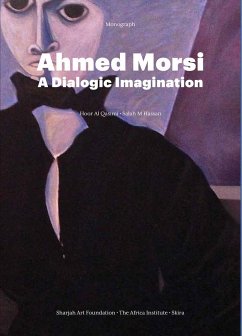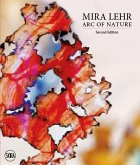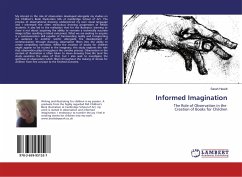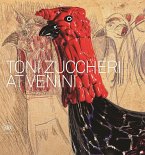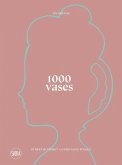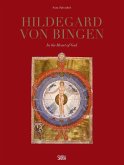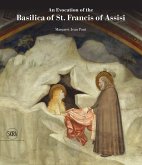Ahmed Morsi: A Dialogic Imagination discusses the places, people, texts, ideas, and materials that have shaped the unique practice of the New York-based Egyptian artist Ahmed Morsi.
A painter, poet, printmaker, and critic, Morsi has created a diverse body of work abundant in mythic beauty. After coming of age in the 1940s as part of the Alexandria School, a movement led by free thinkers and artists that marked the city's emergence as a postwar Mediterranean cultural entrepot, Morsi spent time in Baghdad, where he benefited from the city's vibrant literary renaissance of the 1960s, as an art critic and translator, before settling in Cairo, and eventually immigrating to New York in the mid-1970s. In Cairo, Morsi helped lead the journal, Galerie 68, which became the voice of the Egyptian avant-garde, while experimenting with theatrical set design and artist's books.
This volume highlights the rich interplay between Morsi's poetry and paintings and emphasizes the way his multivalent practice conducts a dialogue with the wider world.
A painter, poet, printmaker, and critic, Morsi has created a diverse body of work abundant in mythic beauty. After coming of age in the 1940s as part of the Alexandria School, a movement led by free thinkers and artists that marked the city's emergence as a postwar Mediterranean cultural entrepot, Morsi spent time in Baghdad, where he benefited from the city's vibrant literary renaissance of the 1960s, as an art critic and translator, before settling in Cairo, and eventually immigrating to New York in the mid-1970s. In Cairo, Morsi helped lead the journal, Galerie 68, which became the voice of the Egyptian avant-garde, while experimenting with theatrical set design and artist's books.
This volume highlights the rich interplay between Morsi's poetry and paintings and emphasizes the way his multivalent practice conducts a dialogue with the wider world.

